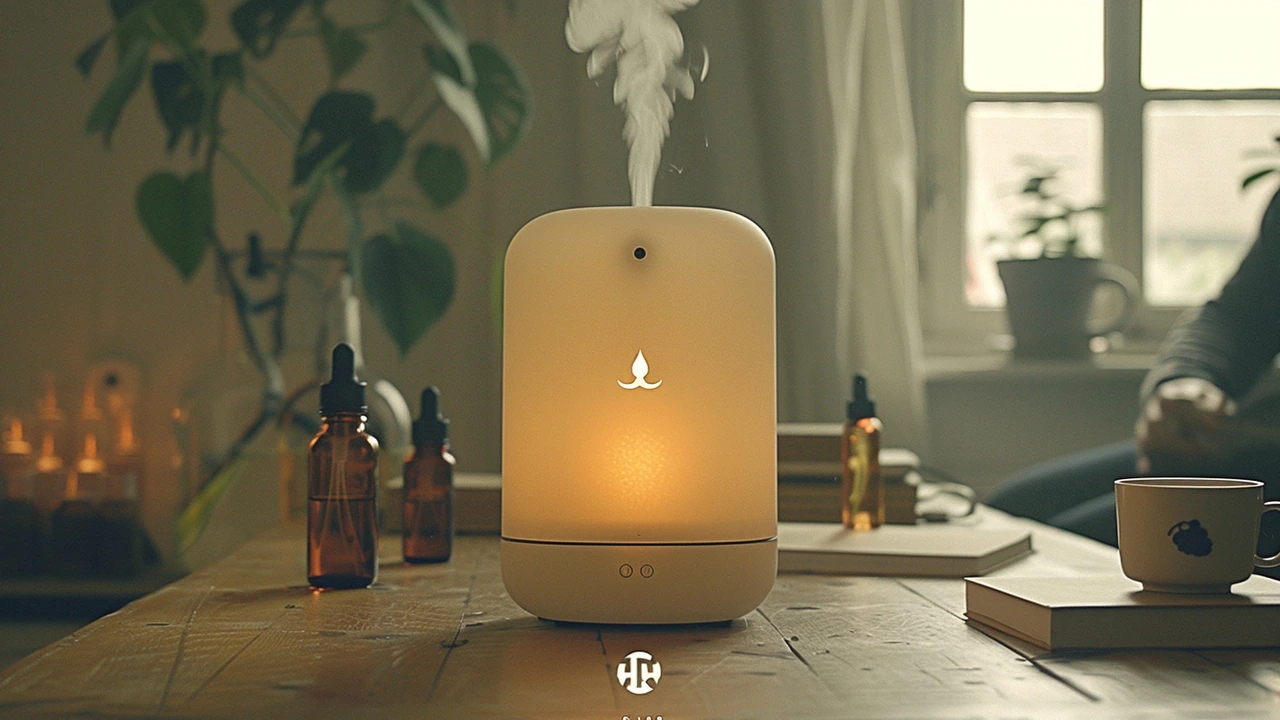Depression Treatment: What Actually Helps
Feeling low for weeks or months? Depression isn’t just bad days — it’s a condition that responds to clear steps. You can get better with the right mix of care, habits, and support. This page cuts through the noise and shows practical options people use every day.
Common treatment options
Talk therapy. Cognitive Behavioral Therapy (CBT) and interpersonal therapy are the usual first-line choices. Expect weekly 45–60 minute sessions for several weeks. Therapy helps you change unhelpful thoughts, solve problems, and build skills to cope with stress.
Medication. Antidepressants like SSRIs and SNRIs can lift persistent symptoms. They usually take 2–6 weeks to start helping and can cause side effects that your doctor will watch. Medication often works best combined with therapy.
Mindfulness and meditation. Short daily practices reduce rumination and anxiety. If you’re curious, our posts on meditation and mindfulness show simple, doable exercises you can try in 5–10 minutes a day.
Biofeedback and relaxation tools. Biofeedback teaches you how to lower stress by watching body signals (heart rate, breathing). It’s a non-drug option that people use for panic, insomnia, and mood regulation. We have practical guides on biofeedback basics and how to use it at home.
Creative and movement therapies. Art therapy, music, or guided movement help if talking feels hard. These therapies change how you express emotions and can reduce isolation.
Practical first steps you can take now
1) Reach out. Tell a friend, family member, or a doctor how you’re feeling. Getting support makes a big difference, even if it’s just one person who knows.
2) Make small habits stick. Sleep, light movement, and regular meals matter. Try a basic morning routine—breakfast, 10 minutes of fresh air, and a short breathing exercise. These small wins add up.
3) Track your mood. Write one line about your mood every evening. After two weeks you’ll see patterns and know what to change or mention to your clinician.
4) Create a short safety plan. If you ever feel you might hurt yourself, contact local emergency services or a crisis line right away. Tell someone you trust where you are and what you’re feeling.
5) Combine approaches. Therapy plus lifestyle changes or biofeedback plus medication are common combos that improve outcomes faster than any single step alone.
Want practical reads? Explore our articles on biofeedback, mindfulness, creative arts therapy, and mental health at Karma Health Hub to find step-by-step tips and real-life examples. If symptoms are severe, get medical help quickly—early action speeds recovery.
Recovery is often gradual. Keep tracking what helps, tweak your plan, and ask for professional support when you need it. You don’t have to do this alone.

Harnessing the Power of Essential Oils for Anxiety and Depression Relief
Aromatherapy, an ancient practice involving the use of essential oils for healing, has gained popularity for its potential benefits in managing anxiety and depression. This article explores how these fragrant compounds work, which oils are most effective, and practical ways to incorporate them into daily life for mood improvement. It also delves into the science behind aromatherapy and shares personal anecdotes to offer a well-rounded perspective on its efficacy.
Read More